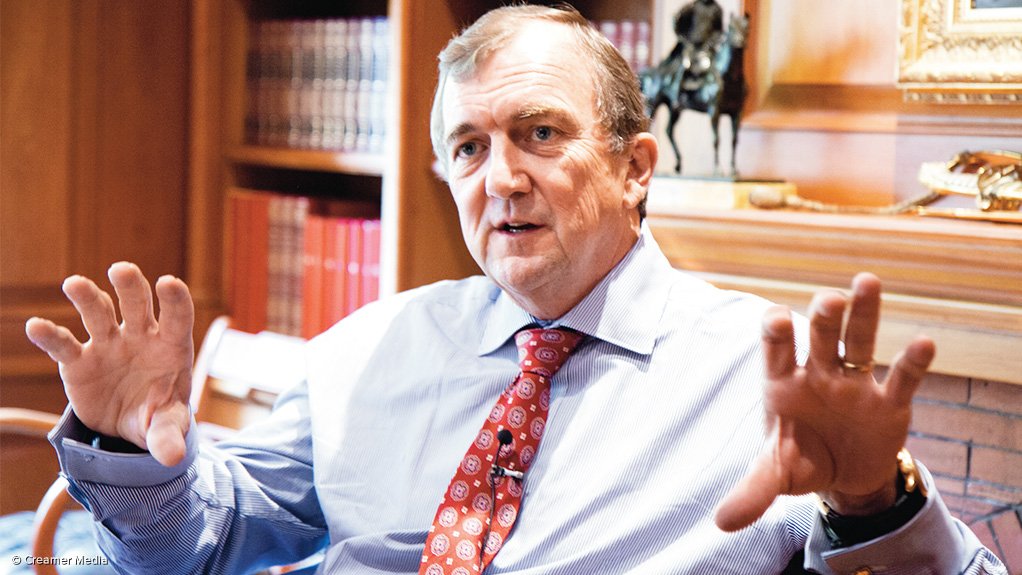JOHANNESBURG (miningweekly.com) – After a slow start to this year, dual-listed Randgold Resources' Democratic Republic of Congo- (DRC-) based Kibali gold mine is picking up speed, with the substantial performance improvement forecast for the second half of the year already manifesting itself, CEO Dr Mark Bristow said on Tuesday.
Speaking at a briefing in the DRC, Bristow said Kibali was delivering progress on all fronts toward the achievement of its 2016 business plan, with a “step change” in production expected in the third and fourth quarters of the year.
Throughput was currently at or above the nameplate capacity and there had been a big improvement in recovery rates and costs.
He noted that the mine was capable of funding the continued capital required for the completion of its development, with the full commissioning of its underground operation scheduled for the second half of 2017.
The second of its hydropower stations, Ambarau, is scheduled to deliver its first power in November. The Nzoro hydropower plant is already supplying power to the mine.
Construction of a third hydropower plant, Azambi, will start soon with site preparations under way.
"In line with our policy of supporting local economic development in our host countries, all the contracts for the work on Azambi have been awarded to companies with a majority Congolese shareholding, while the main contractor, who will be working in partnership with our capital projects team, is 100% locally owned," Bristow said.
He added that, despite the stresses associated with developing a project the size of Kibali in a remote part of a country that was still evolving politically, Randgold had a long-term commitment to a partnership with the DRC and was laying the foundation for further investment there through its exploration programmes around the mine and further afield.
"We see ourselves continuing to play a significant role in the growth of the Congolese mining industry," he said.
This commitment extended to its support for local economic and general community development through a range of initiatives.
These include a number of large-scale agribusiness projects which are designed not only to provide economic activity and a secure food supply in the near future, but also to leave a sustainable legacy to the community after the mine's eventual closure.
Edited by: Chanel de Bruyn
Creamer Media Senior Deputy Editor Online
EMAIL THIS ARTICLE SAVE THIS ARTICLE
To subscribe email subscriptions@creamermedia.co.za or click here
To advertise email advertising@creamermedia.co.za or click here













